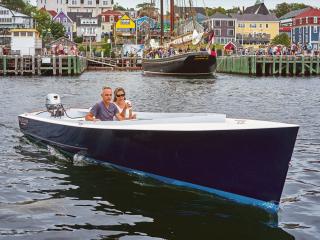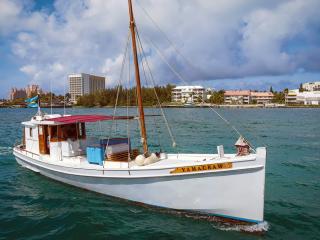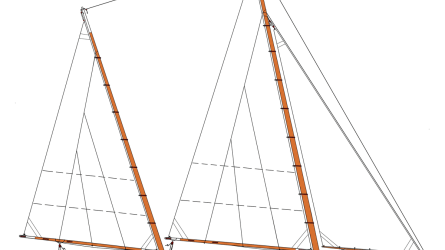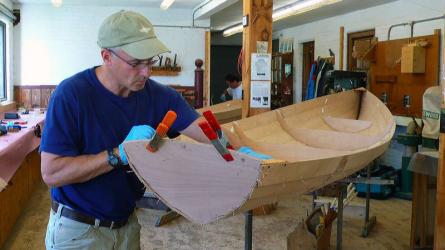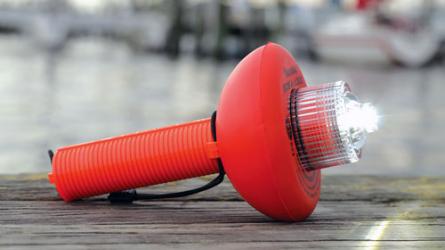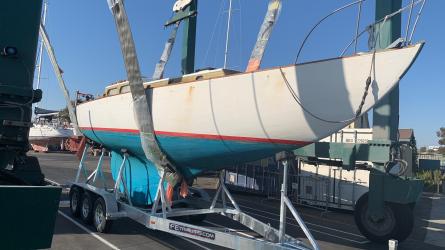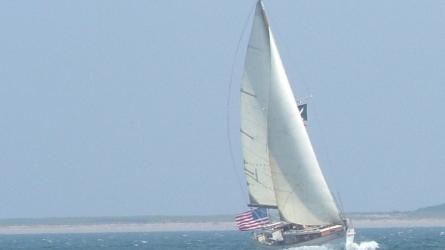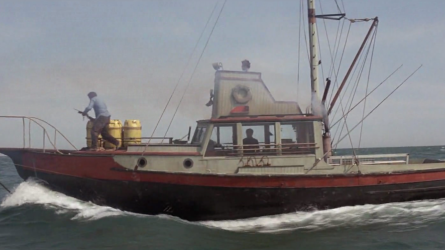May / June 2024
Classic Survivors
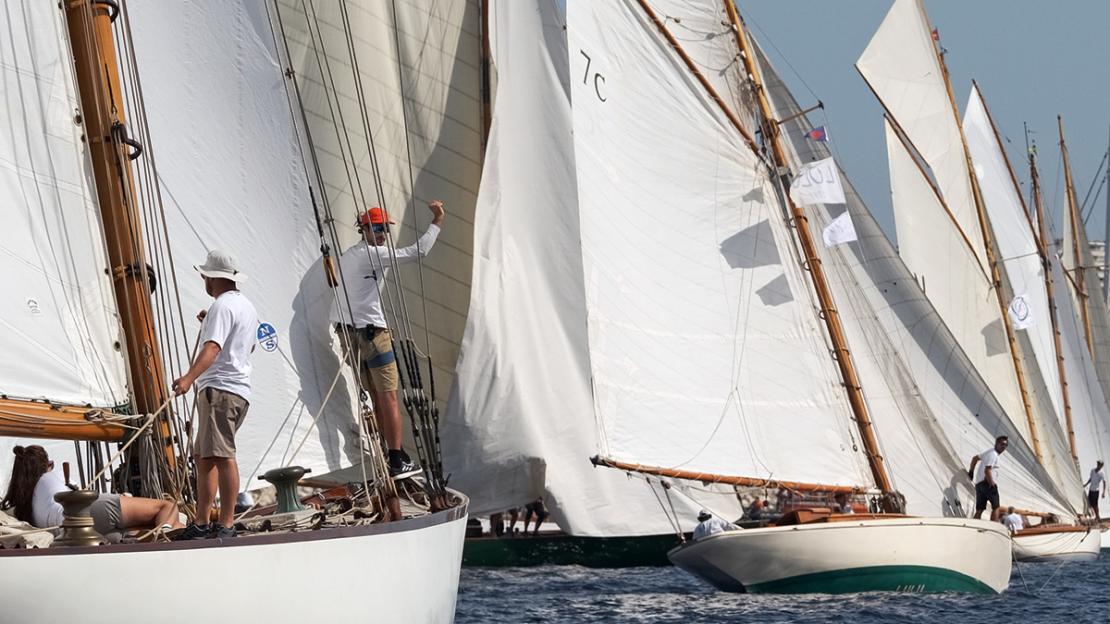
What began 40 years ago as an informal race for classic yachts in the Mediterranean has grown into a season-long series of events—the so-called “Mediterranean Circuit.” The events have inspired a number of restorations, and a racing rule that considers originality as one of its factors.
Recent decades have seen a slow but steady increase of classic yachts in the Mediterranean Sea, where a number of regattas over the course of the sailing season draw boats from all over the world. Many visiting participants have found new homes along the Mediterranean coastline.
It all started about 40 years ago with a casual race that became established as an event called La Nioulargue. Later renamed Les Voiles de Saint-Tropez and sailed in early fall, this remains the capstone event of the season. La Nioulargue gave rise to a movement to restore old sailing yachts, some more than 100 years old. Rules were established, as was a handicapping system that allows boats of varying shapes, sizes, weights, and age to race together. Today, the circuit of Mediterranean events includes stops in Italy, Monaco, and France. Some owners spend six to eight years restoring yachts, with the aim of sailing in Les Voiles de Saint-Tropez.
The circuit begins in France with a few small regattas, and gains steam with Les Voiles d’Antibes—the biggest event of the spring season. This is also the opening regatta for The International Mediterranean Committee (CIM) as well as for the Vintage and Classic Yacht Club (VCYC). With the magical 10th-century ramparts of the port of Antibes as a backdrop, the regatta draws about 65 yachts, and and it’s where I began my Mediterranean regatta coverage in 2023.
Toward the end of the season, I went to Cannes for Régates Royales—an event founded in 1929 when local yachtsmen held a week of racing to honor Christian X, King of Denmark, who raced the 6-Meter DANA. I was invited to sail aboard the legendary TUIGA (see page 60). The air was calm, but we readied TUIGA for racing and waited for the wind—which never came. The race was canceled, but there was a big cheer on deck at the announcement, because she’d won the three races before, making her overall winner of the Big Boat Class.
To read the rest of this article:
Click the button below to log into your Digital Issue Access account.
No digital access? Subscribe or upgrade to a WoodenBoat Digital Subscription and finish reading this article as well as every article we have published for the past 50-years.
ACCESS TO EXPERIENCE
Subscribe Today
1 YEAR SUBSCRIPTION (6 ISSUES)
PLUS ACCESS TO MORE THAN 300 DIGITAL BACK ISSUES
DIGITAL $29.00
PRINT+DIGITAL $42.95
Subscribe
To read articles from previous issues, you can purchase the issue at The WoodenBoat Store link below.
 Purchase this issue from
Purchase this issue from


